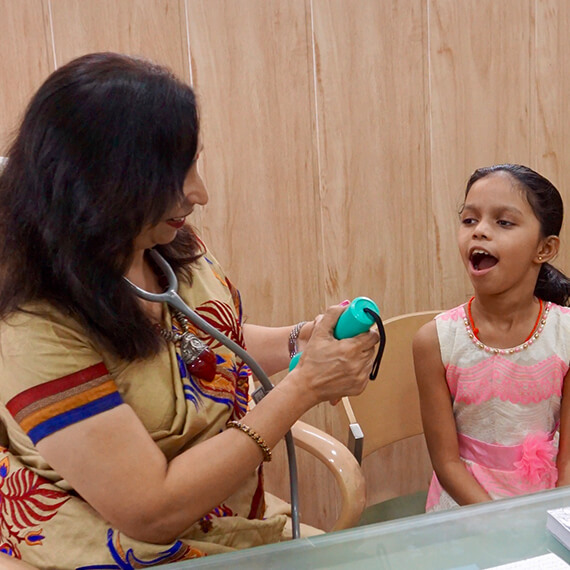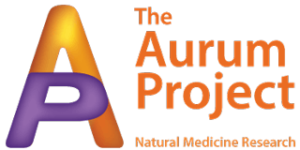The Aurum Project and Dr. Sujata Naik’s Homoeopathy Clinic in Mumbai, India have begun a research collaboration on the skin condition Molluscum contagiosum. This skin condition affects children as well as adults and is caused by a virus from the Poxviridae family. It is known as a “self-limiting condition”, meaning it will resolve on its own.
What is Molluscum contagiosum?
The lesions known as mollusca, are small, raised, and usually white, pink, or flesh-colored with a dimple or pit in the center. They often have a pearly appearance. They’re usually smooth and firm. In most people, the lesions range from about the size of a pinhead to as large as a pencil eraser (2 to 5 millimeters in diameter). They may become sore, red, and/or swollen. The lesions may be single, multiple or clustered and may be accompanied with itching.
Mollusca may occur anywhere on the body including the face, neck, arms, legs, abdomen, and genital area, alone or in groups. The lesions are rarely found on the palms of the hands or the soles of the feet.
Molluscum contagiosum causes
- Direct contact with infected skin from another person
- By a re-infection process, where one part of the skin infects another part of the same body, usually in children this is through touching or scratching. This is called autoinoculation.
- The most common way to become infected is through touching a contaminated object. For example, children sharing an infected towel with each other. This ease of spread is one reason why the virus often infects an entire family before it ends. It is very contagious and there is some evidence that it easily spreads in swimming pools (1) .
- It occurs in all kinds of climate conditions, in both temperate and tropical regions.
- It is thought to be a very underreported disease, occurring in around 23% of Australian children, and up to 39% in the population by the age of 50 years (2).
What does molluscum look like?

Molluscum contagiosum on face
Approximately one third of children will experience swelling, skin discoloration, and itching and discomfort with the lesions (3). It can take some time for the lesions to appear after infection, anywhere from 1 to 50 days. This contributes to the re- infection cycle, prolonging the period of infection which is typically 6 – 12 months but can extend to 4 years.
Around the world, how old are children who develop molluscum?
- It can occur in both children and adults with 82% occurring in children.
- The age group of children with it is consistent between Australia and India.
- The average age for onset in Australia has been shown to be 7.8 years, while in Scotland it was between 10 and 12 years.
- In other developed countries the age varies, from 9 to 12 years of age (1).
- The highest prevalence of molluscum in India was in the 5 – 10 years age group.
- In developing countries though the age drops to between 3 – 6 years.
- It is very rare for it to be seen in children under 1 year. (1)
- Overall it looks like there is a consistent pattern of infection across the world. It is unclear whether more boys than girls get infected. Overall the data suggests that there is little gender difference.
- The older the child is, the more aware they are of the lesions on their body, particularly on the face, and the more likely they will experience social anxiety and embarrassment because of it.
Parents feel that molluscum contagiosum is a social embarrassment
Parents struggle with how to deal with embarrassment and are generally more worried about the appearance of molluscum than their children are (1), though as the child gets older this shifts.
Homeopathy and molluscum contagiosum
Several molluscum case studies show that after individualised homeopathy treatment the condition will resolve easily (4) (5). Also it resolves with minimal discomfort and in a time period much shorter than the time in which the self-limiting nature of the disease already dictates.

Dr Sujata Naik examines a child in her homeopathy clinic
Individualised homeopathic treatment involves assessing the onset and symptoms of MC as well as the nature of the child, their typical reactions, likes and dislikes, previous illness and any important family history. In the case study recently published by Naik (4) a selected constitutional remedy Calcarea carbonicum was used for the child and the molluscum resolved. A previous Aurum Project article by Mike Andrews discusses several cases of children with molluscum being treated successfully with individualised homeopathy.
Molluscum contagiosum research collaboration
The research team has five members covering three clinics in two countries. Linlee Jordan Harbord Homeopathic Clinic and Sarah Penrose Good Health for Great Life in Australia join with their colleagues in Mumbai, Drs Sujata Naik, Runali Kelwalkar and Sayali Tilak at Dr Sujata Naik’s Homeopathy Clinic.
Expressions of interest to join the research collaboration exploring molluscum contagiosum homeopathic treatment were called for from practicing Australian homeopaths in late 2020 and finalized in February 2021. The team has begun its research, undertaking a literature survey on the condition, the current best practice and exploration of the homeopathic solutions when it presents in clinic.
What evidence is there for homeopathy being an effective molluscum contagiosum treatment?
There are previous studies including a randomised placebo controlled study in 1997 which showed that homeopathy had a curative role in the treatment of molluscum (6). The incidence of this condition in the population has been growing since that time showing that now is an opportune time to explore the condition further and discover ways that homeopathy might best support families with children suffering with this condition. The potential to explore similarities and differences between the Indian and Australian context for this condition are also very exciting.Linlee Jordan, the Director of The Aurum Project, and Dr Celeste Salter, Research Coordinator, are both very pleased with how this collaboration has come together. The Aurum Project is committed to undertaking research to promote the health and wellbeing of children using homeopathy. Dr Sujata Naik’s research team is committed to homeopathic practice and research, and to expanding the reach of homeopathy to every strata of society. Dr Sujata Naik, an affiliate member of the Faculty of Homeopathy UK, is dedicated to providing rigorous investigation of homeopathic treatment. It is our matched values and commitment to furthering homeopathy research which brings us together.
Watch this space for more updates on this project.

Join The Aurum Project as a member and explore how you could turn your idea into a research project.
Acknowledgement: Two images were kindly provided by Dr Sujata Naik’s Homoeopathy Clinic.
References
6. Manchanda RK, Mehan N, Bahl R, et al. Double blind placebo controlled clinical trials of homoeopathic medicines in warts and molluscum contagiosum. CCRH Quarterly Bulletin. 1997; 19: 25–9.
Since you’re here…
More people than ever before are reading the Aurum Project blog. There is currently a surge of interest in natural therapies research. A common question is: What is homeopathy and how does it work? If you want to find out more about the latest cutting-edge natural medicine research and homeopathy news from Australia and the world, sign up to our newsletter. You won’t regret it. It will only take a minute. Thank you. Click here to subscribe today.
